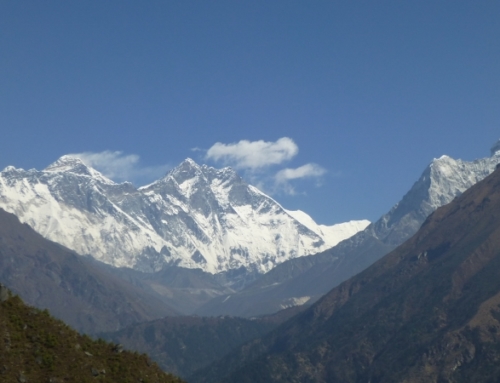Cyclone Nilofar, which developed a week ago over the Arabian Sea with foreboding implications, has undergone rapid weakening by Saturday.
According to weather updates shared by Meteorological Forecasting Division (MFD), Nilofar is weakening in the Arabian Sea and has turned into a low pressure area, which will have no major impact on Nepal.
Though cloud masses have been observed in the western region as predicted by MFD, they carry no threat whatsoever to upset the weather or cause disasters.
“By now the cyclonic system has almost died out and the cyclone will not influence local weather system,” said Shanta Kandel, a meteorologist at the MFD.
Even in Gujarat state of India, where Nilofar was expected to make a landfall on Saturday, no major impact on lives has been witnessed, except moderate rains in some coastal areas.
The origin of Nilofar was marked by the meteorologists over Arabian Sea on October 28, less than two weeks after the devastating Cyclone Hudhud that caused severe impacts in India and Nepal. Blizzards and avalanches triggered by Hudhud in high altitude districts of Nepal had killed over three dozen people on October 18.
Unlike during Hudhud, the authorities in Nepal had issued public notice in advance about Nilofar and alerted the trekkers and local authorities to keep a close eye on the changing weather pattern. In the wake of October 18 disaster, the Ministry of Science, Technology and Environment has decided to form Extreme Weather Forecasting and Information Dissemination Mechanism led by Rishi Ram Sharma, director general of Department of Hydrology and Meteorology, to provide reliable and timely information on changing weather phenomenon to mitigate risk.





